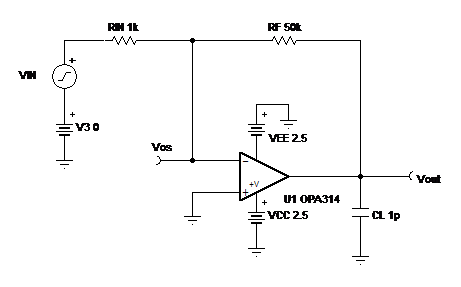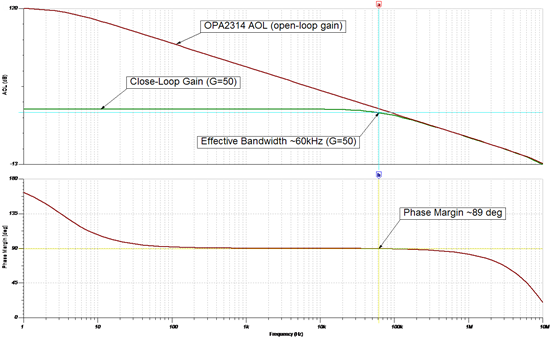Hi, all--
I'm not sure if I'm posting in the right section, so let me know if I have to move this to somewhere else! I need help with OPA 2314. I'm trying to design a preamp for Knowles mics ( NR23158). I've been using LF347 the results is acceptable. I'm trying to use OPA 2314 now, but I'm getting a very high oscillation from the circuit with the gain of 50. Basically, even if I don't connect my mic to the circuit there's this constant noise in the circuit. The bypass capacitor helped but it's still not acceptable. I'm pretty sure there's something I'm missing. There should be a difference between LF347 and OPA 2314. I checked the datasheet and they seems to have an almost same characteristics for my preamp. Also, does it matter if I used like 50k and 1k to get the gain of 50 and maybe 500 and 10 ohms to get the same gain? Should I use different values for my capacitor and resistor? I don't think 50 gain is too high, where is this Oscillation coming from. I'm very new to this, I'd really appreciate it if someone can help me out here.
Thanks!
Ramin




